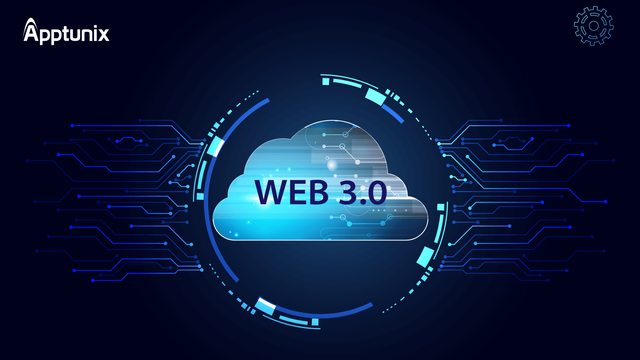what is web3
Web3, or Web 3.0, refers to the next generation of the internet that aims to be decentralized and empower users through the use of blockchain technology and cryptocurrencies. It’s a shift away from the current Web 2.0 model, where data and services are controlled by a few large companies (like Google, Facebook, and Amazon). In Web3, control is distributed across a network of users, and they have more autonomy over their data, identities, and digital assets.
Key aspects of Web3 include:
Decentralization: Instead of centralized servers, applications and services are run on decentralized networks, often using blockchain technology. This reduces the control of central authorities over the internet.
Blockchain & Cryptocurrencies: Cryptocurrencies like Bitcoin and Ethereum are central to Web3. They facilitate transactions, governance, and ownership of assets in a trustless manner, where participants don’t need to trust a third party.
Smart Contracts: Web3 uses smart contracts, which are self-executing contracts with the terms of the agreement directly written into code. These can automate and enforce agreements without intermediaries.
Ownership of Data: Web3 aims to give users control over their own data and digital identity, unlike Web 2.0, where platforms collect and monetize user data.
Tokens and Decentralized Finance (DeFi): In Web3, users can earn and trade tokens that represent value, assets, or voting rights in decentralized applications. DeFi offers decentralized alternatives to traditional financial systems, like lending, borrowing, and trading, without banks or middlemen.
Web3 has the potential to revolutionize how we interact online, with promises of greater privacy, autonomy, and innovation. However, it is still in its early stages of development.
